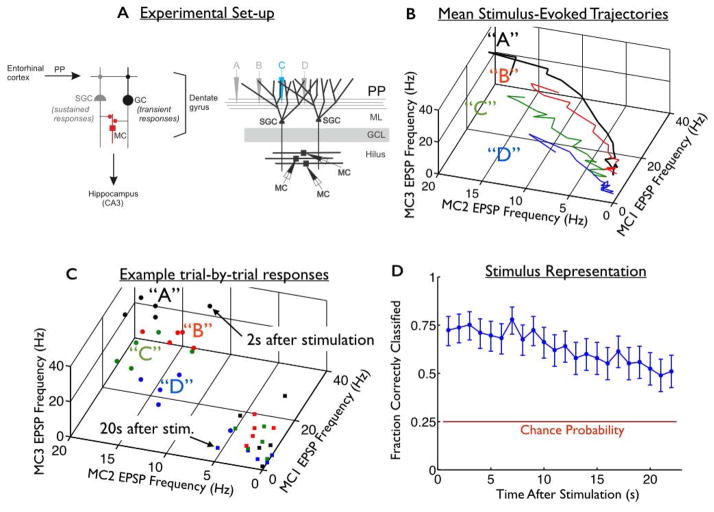Fig. 2. Persistent mnemonic representations formed by variable neural activities.
(A) (Left) Diagram of excitatory synaptic connections within the dentate gyrus. Perforant path (PP) input from entorhinal cortical neurons excites both granule cells (GC) and semilunar granule cells (SGCs). Both cell types are excitatory and project toward the CA3 subfield of the hippocampus. While GCs respond transiently to PP inputs, SGCs can fire persistently in response to brief synaptic input. Axon collaterals of both GCs and SGCs synapse on mossy cells (MC) in the dentate hilus. (Right) To probe the structure of the dentate’s persistent representations, we implanted an array of four stimulating electrodes (labelled “A”, “B”, “C”, and “D”) into the perforant path. We transiently stimulated the PP using one stimulating electrode at a time, and then recorded from downstream mossy cells. The mossy cells receive persistent synaptic inputs from semilunar granule cells, in the molecular layer (ML) of the dentate gyrus. The granule cell layer (GCL) is also shown. (B) Mean EPSP frequency response trajectories of the 3 recorded mossy cells, in response to four different stimuli (labelled “A”, “B”, “C”, and “D”). (C) Responses to the 4 stimuli on each of 5 trials are shown. The circles are data recorded 2s after stimulation, whereas the squares are 20s post-stimulation. As time passes after stimulation, the responses to different stimuli drift towards the origin and blend together, hindering the representation. (D) (blue curve) Accuracy of the mnemonic representation, quantified by fraction of correctly classified responses, as a function of when they occurred after the stimulus offset. Error bars are 95% confidence intervals, using data from all 9 slice experiments. Red horizontal line represents chance performance.

